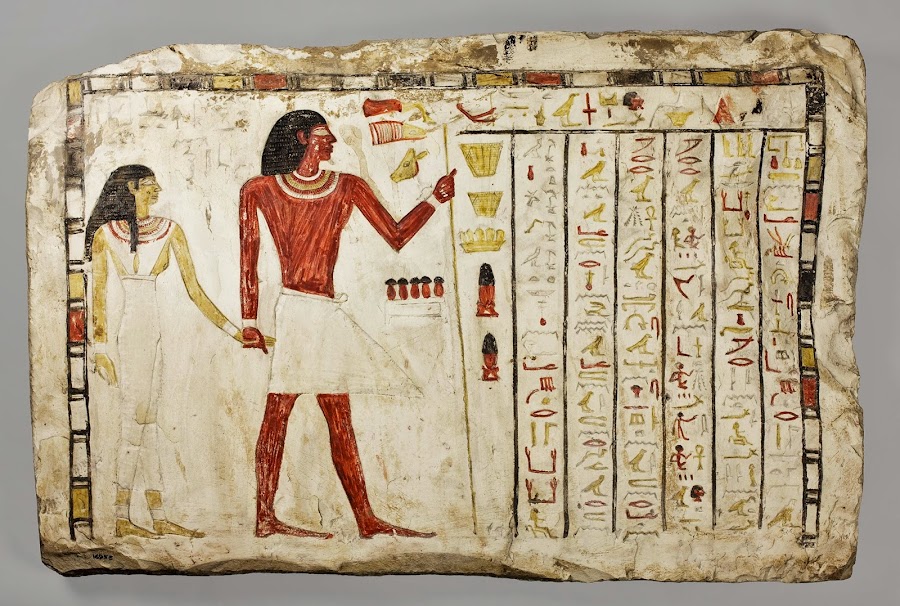ShowBusinessMan:
Ancient
Riace Bronzes to return to Reggio Calabria museum

Swedish Museum exhibit allows visitors to virtually unwrap mummies

Tourism makes fresh start with Roman Empire in Algeria

Sicily. Art and Invention Between Greece and Rome at the J. Paul Getty Museum, Getty Villa

Exhibition at Oriental Institute shows how ancient cultures commemorated the dead

'Sleeping Eros' at the Metropolitan Museum of Fine Art

Olympian world of the Greek gods recreated at the Roman-Germanic Museum in Cologne

'Monsters. Fantastic Creatures of Fear and Myth' at the National Roman Museum — Palazzo Massimo alle Terme
